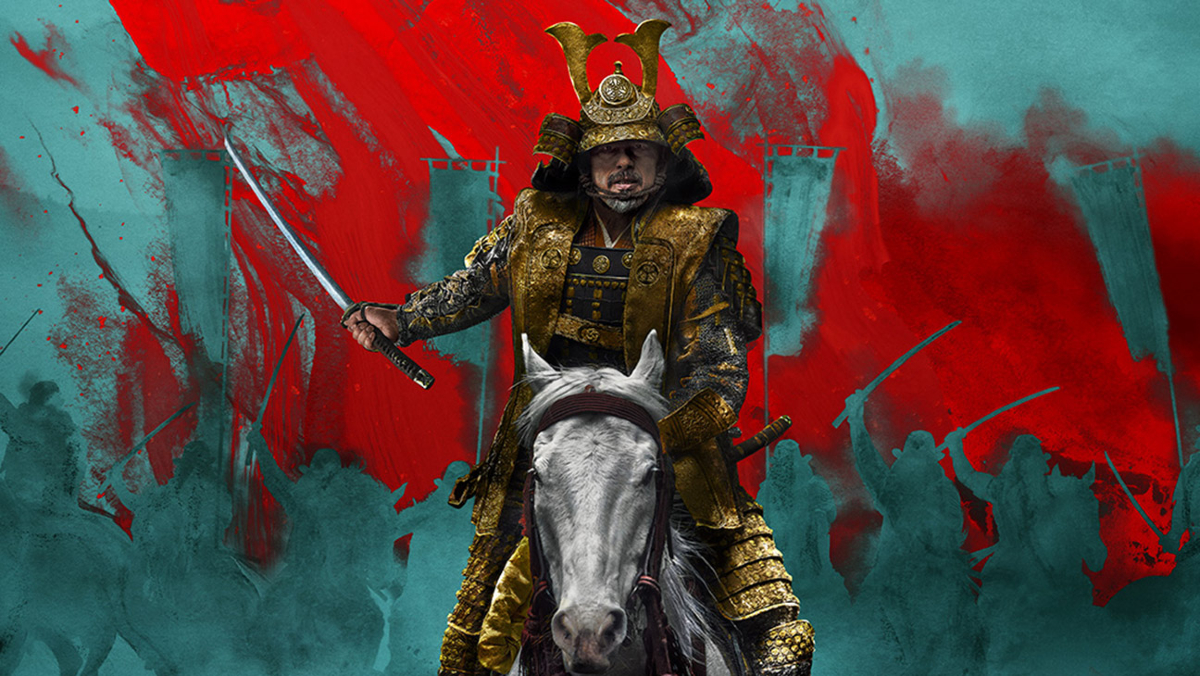A Brief Dive Into the Political Figure at the Center of FX’s New Show ‘Shōgun’
Time for a history refresher.

Hulu and FX’s upcoming historical drama Shōgun—with the first of its ten episodes releasing on February 27, 2024—is the adaptation of the novel of the same name by British writer James Clavell.
Set in the latter half of the 16th century and the early 17th century, just as Japan’s history is about to turn from the Azuchi-Momoyama period to the Edo period of the Tokugawa Shogunate, the story will follow three very different, very fascinating people.
First, there’s English sailor John Blackthorne (played by Cosmo Jarvis and inspired by the real-life figure of William Adams), who shipwrecks on the shore of Japan and has to learn how to navigate the country’s culture and politics.
There’s also Lord Yoshii Toranaga (played by Hiroyuki Sanada and inspired by the real-life figure of Tokugawa Ieyasu), a powerful daimyo, or feudal lord, who is deeply entangled in his country’s political plots.
We also have Lady Mariko (played by Anna Sawai and based on the real Hosokawa Gracia), a woman of great skill whose allegiance will have to be determined.
Shōgun is set in a particularly crucial moment in Japanese history, one that has been immortalized in several works of art and whose most important members and figures have echoed throughout the world. And it all revolves around the ever-important title of the shōgun. So before the series officially premieres, let’s take a brief dive into what a shōgun actually was.
So what was a shōgun?
Briefly put, a shōgun is a military leader—usually appointed by the Emperor, the shōgun was the de facto ruler of Japan. The full Japanese title Sei-i Tashōgun, of which “shōgun” is an abbreviation, translates to ‘Commander-in-Chief of the Expeditionary Force Against the Barbarians’.
That’s because the position was probably born to refer to the person in charge of the armies sent to fight the tribes in northern Japan in the 12th century. As the years went by, the title began to indicate the military commander in charge of the samurai—the famed noble families of warriors, highly esteemed and privileged throughout Japanese society.
A shōgun also had a group of administrative officers known collectively as bakufu, which translates to “tent government”—a name that is supposed to indicate an idea of temporary power, since the ultimate authority was still technically the Imperial court. However, the institution of the shogunate lasted for almost seven centuries of Japanese history.
Being shōgun was hereditary, even though over the course of the centuries that the title has been used—from roughly 1185 to 1868—several clans have succeeded one another to the position. That’s exactly what happened in the years in which FX’s Shōgun is set.
After the deposition of Ashikaga Yoshiaki in 1573, the shogunate passed from the Ashikaga family to the Tokugawa family after a period known as the Azuchi-Monoyama period, which goes from 1573 until 1600, where there was no formal shōgun but instead power was held by Imperial Regent Toyotomi Hideyoshi.
After Toyotomi Hideyoshi’s death, Tokugawa Ieyasu—on which one of the main characters of Shōgun is based—seized power and officially established the Tokugawa shogunate in 1603. It lasted until 1867 when the last Tokugawa shōgun abdicated his title to Emperor Meiji, who presided over the period of history known as the Meiji Restoration.
(featured image: FX)
Have a tip we should know? tips@themarysue.com